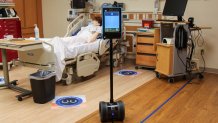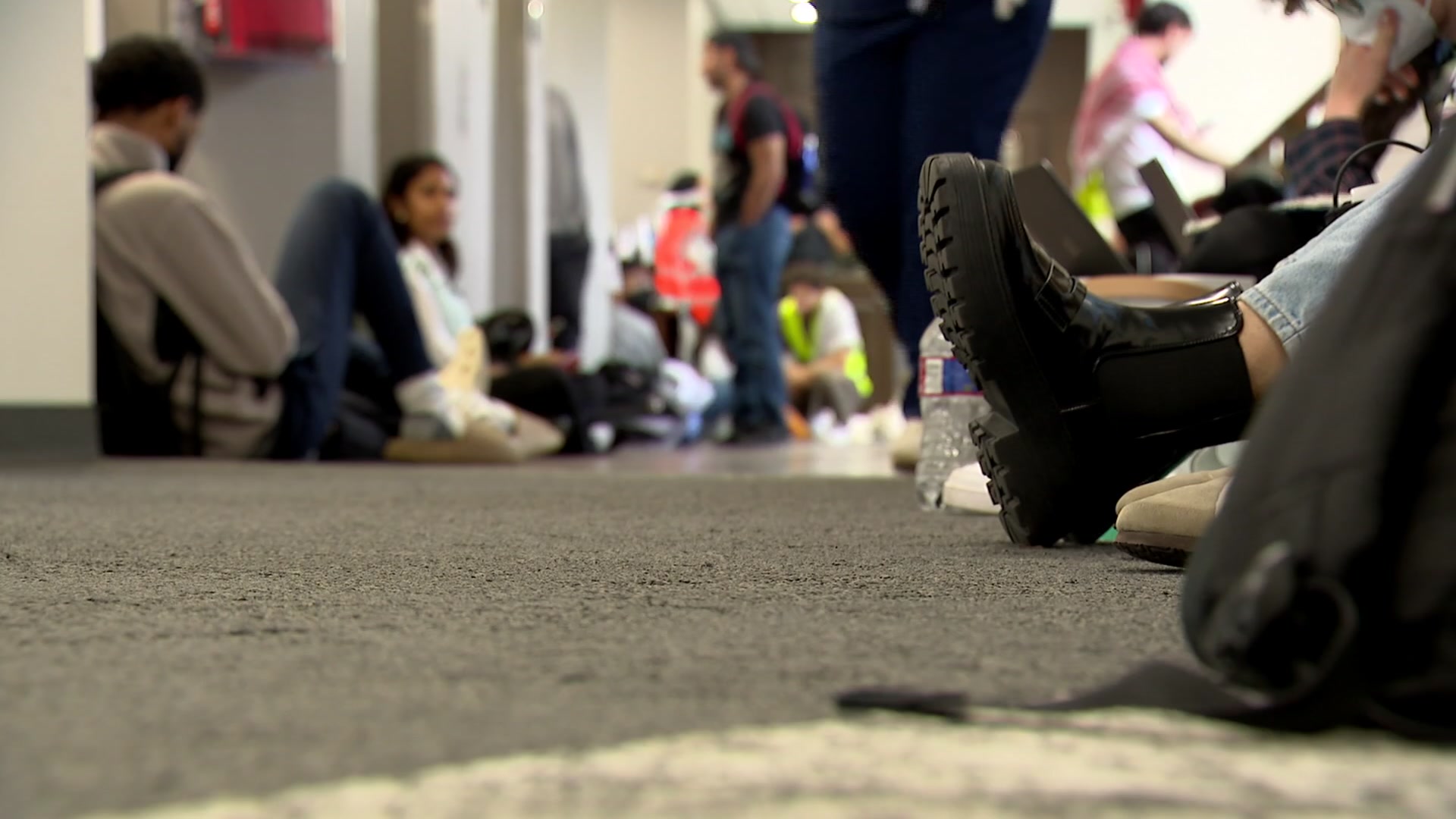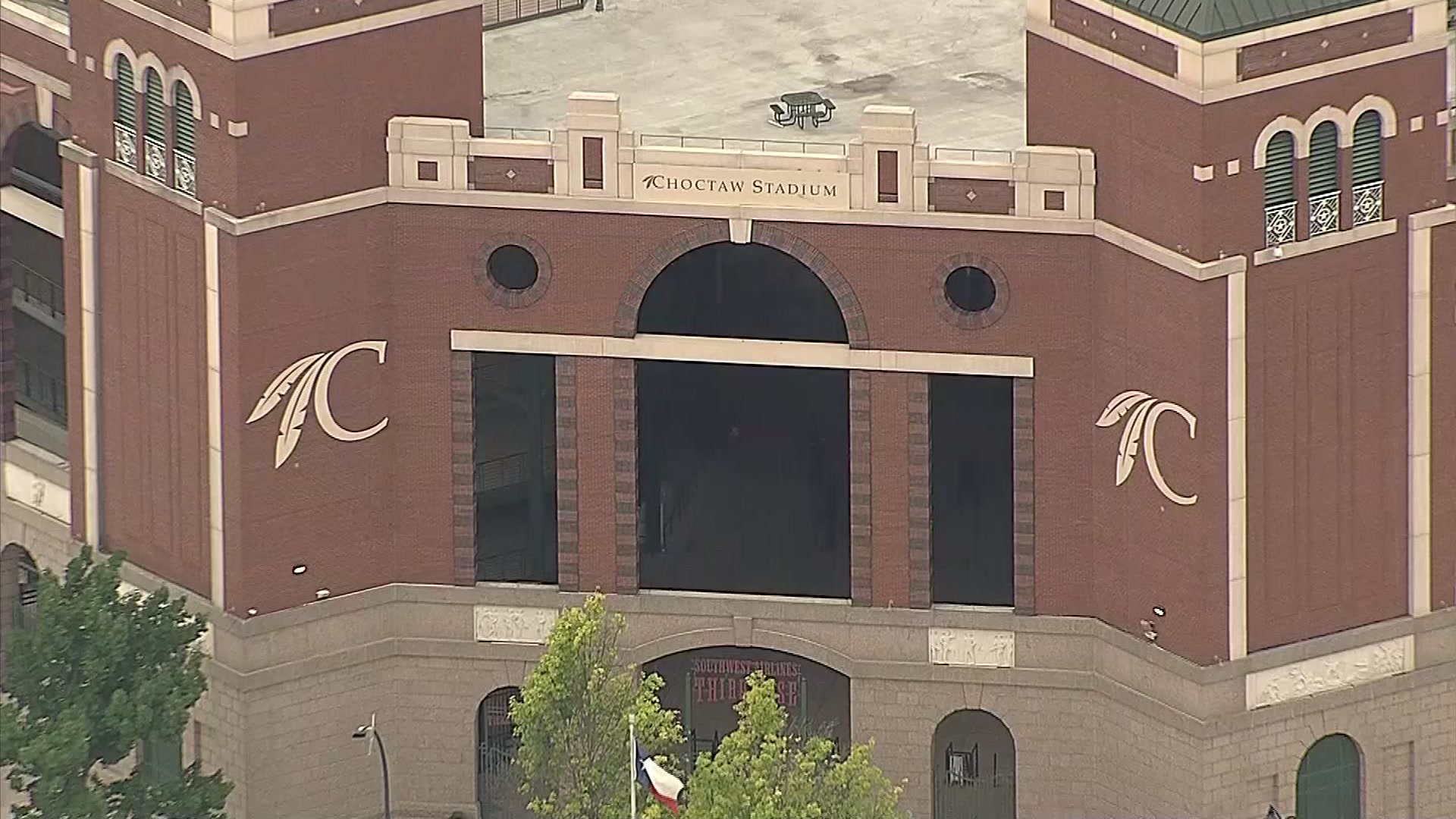The pandemic has forced the world of education to think outside the box.
UT Arlington nursing students are doing that with the help of robots.
"I think that this may be the way of the future, the way that we do things," said Jennifer Roye, assistant dean for simulation and technology for UTA College of Nursing.
NBC 5 interviewed Roye through a telepresence robot, which she dialed into from another location. We're able to talk and walk together through the halls of UTA's Smart Hospital without any physical contact.
"With the pandemic pushing us out of our box per se, we like it outside of our box now," she jokes.

This is the basis of what's helped the nursing program navigate the pandemic. The telepresence robots have wheels, a big screen similar to an iPad, cameras and complex sensors. Students and professors can move freely about a clinical learning space and communicate clearly through microphones and speakers.
Local
The latest news from around North Texas.
The technology is nothing new to UTA and many other schools but the robots have proven to be incredibly helpful during the pandemic when students and professors have to work remotely due to illness, quarantine, safety concerns or distance.
“We have mobility, so I can move around," Roye said. "They can actually attend clinical without missing the time there.”
Now, UTA is tripling its fleet of robots this year thanks to funding they just received from the Texas Higher Education Coordinating Board’s Nursing Innovation Grant Program.
"I think that going forward, a lot of these new modalities in these new innovative ways of teaching will stick around," Roye said.
Students aren’t just using the robots in class but in the field as well for training at nursing homes and other high-risk places.
"This minimizes exposure on both ends and allows students to communicate with patients and communicate with staff there," said Roye. "With telemedicine becoming a big thing now, this is basically the same concept."
Even after the pandemic is long over, the nursing school plans to keep the telepresence robot fleet. Meagan Rogers, associate chair for undergraduate nursing at UTA, said another goal is to focus on educating nurses in rural areas that wouldn't normally have access to state-of-the-art learning opportunities.
The world needs nurses and the robots can help make that happen.
"This technology really allows us to bring nursing education where it’s never been and bring clinical experiences. The hope is that those students were educating stay in those communities and provide high-quality healthcare," she said.
In addition to the 12 robots in the fleet, UTA is also obtaining more "ask trainers, which are portable devices that allow nursing students to practice even more skills remotely. The trainers have simulated anatomy that allow students to practice tasks like nasogastric tube insertion or oxygen administration. They are estimated to help more than 200 students each semester.



